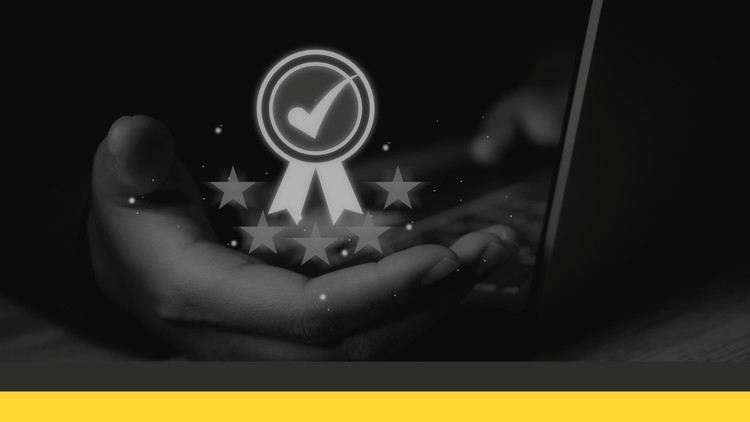Certification in Complete ISO Standards and guidelines
Complete guide applicable to eight ISO Standards and it’s different concepts, audit, clauses and implementation
4.26 (90 reviews)

1,291
students
34 hours
content
Jan 2024
last update
$59.99
regular price
What you will learn
You will learn the basic framework of International Organization for Standardization.
You will be able to learn details about all the ISO standards like ISO 9001, 14001, 45001, 27001, 20000-1, 22301, 26000 and 31000 standards
Learn Quality management, environmental management , occupational health and safety management systems, information security and service management
Learn Corporate Social Responsibility and Risk Management framework and about effective risk management system.
You will be able to learn PDCA Cycle, Quality Management system, leadership, customer focus, customer satisfaction, development planning and control.
Learn about the environmental management system, leadership, environmental policy in related to the communication, operations, performance evaluations.
Learn about occupational health and the safety management systems including PDCA cycle.
Learn procedures of communications related to internal and external communication, the asset management and service management system
Learn about the details of the social responsibility or it can also be said as the corporate social responsibility.
Learn Characteristics of the social responsibility, ethical behavior and related to the term of respect for shareholders interests & respect for the rule of law
Learn respect for the human rights and the behavior. Human rights and international norms of behavior. Employment and Employment relationship.
This training will be useful if your job involves decisions regarding risk management and risk management framework.
5769162
udemy ID
1/17/2024
course created date
1/30/2024
course indexed date
Bot
course submited by